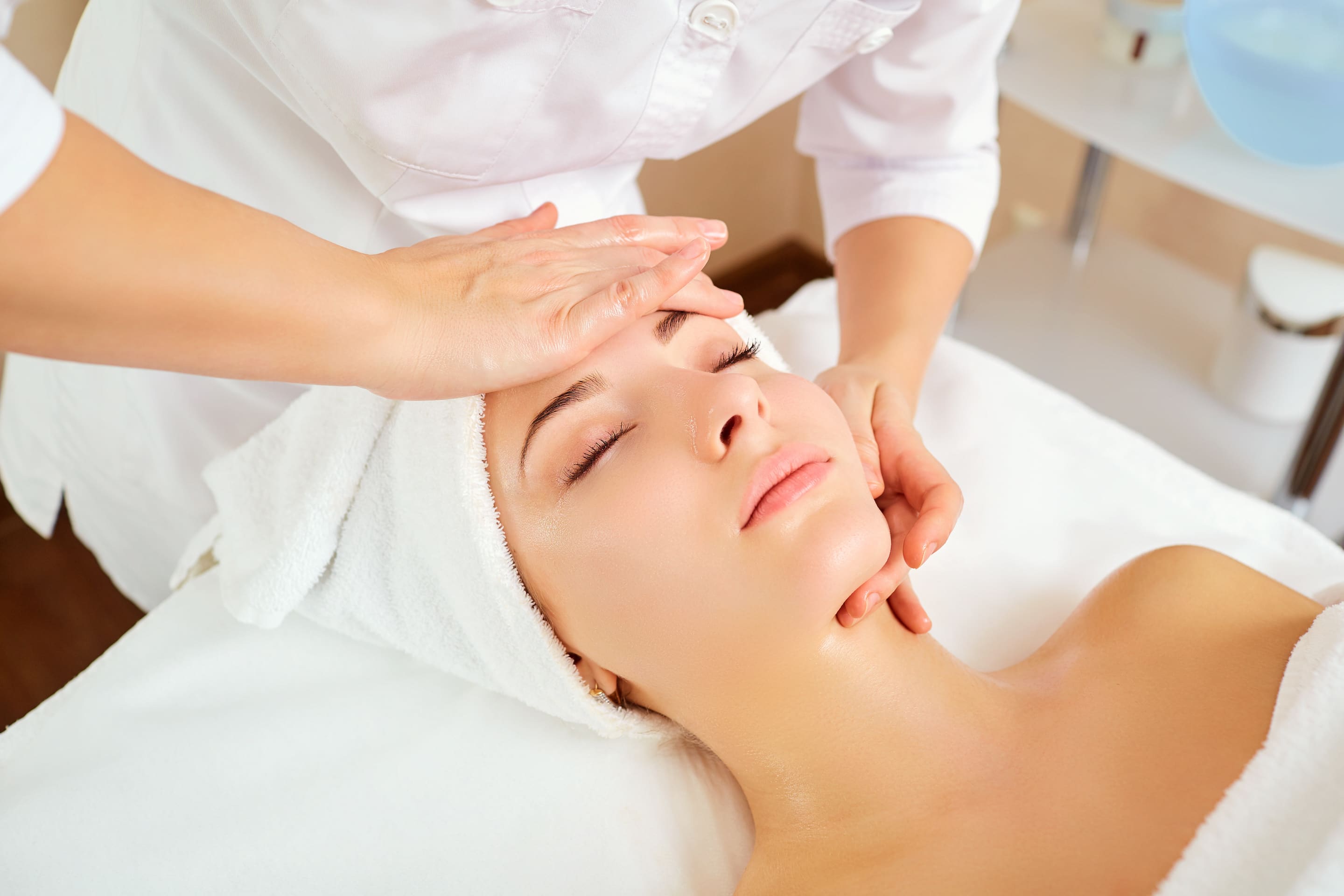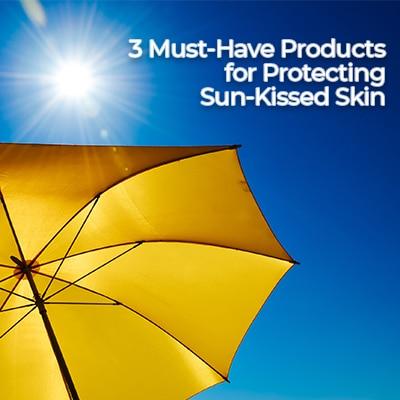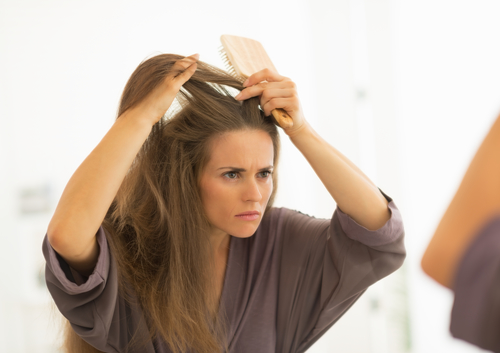
When it comes to skin procedures, the aftercare is as important as the treatment itself. Do you plan on undergoing laser treatment, microdermabrasion or even a facial peel anytime soon? Be sure to continue reading to understand the do’s and don’ts of a post-treatment skincare routine.
Don’t Overload Your Skin
Treatments and procedures are an exciting way to let your best face shine, but be cautious when taking care of your skin post-treatment. Avoid harsh chemicals, peels, waxes, or other laser treatments at least two weeks after your appointment. Avoiding these will allow your skin to heal and return its hardy barrier to its natural state. Your skin will be more inflamed and irritated than usual, so make sure to stick to the basics of washing, moisturizing, and leaving your skin alone.
Don’t Congest Your Skin
Once the skin is clear of dead cells, toxins, hair, or any additional skin condition the treatment is targeting, it’s time to give the skin a break. It is recommended to avoid makeup or any topical creams on the treated area. Applying these substances clogs the pores of the affected area, causing further irritation and damage to the skin. If necessary, apply makeup or creams in small amounts to see if irritation does occur.
Do Avoid Sun Exposure and Excess Heat
Post-treatment, the skin’s protective barrier is weakened. Since the protective barrier isn’t as strong, it leaves the skin more vulnerable and inclined to damage. After your procedure, it is crucial to stay out of the sun for at least seven days post-treatment. Direct exposure to the sun is detrimental to the skin due to the harsh effects of UV rays, which will slow down the healing process. This is due to the excess skin sensitivity from a treatment that leaves you more inflamed and irritated than usual. The vulnerability of the skin post-treatment calls for cold temperatures and reduced exposure to heat. Avoid excess heat from hot showers, tubs, heating pads, or saunas. A surplus of heat causes the pores to open up, which could cause further irritation and discomfort.
Do Use Sunscreen
Sunscreen is always a good idea, but it is imperative when you’ve just undergone a skin treatment. Recently, treated skin, such as laser removal and microdermabrasion, makes the skin extremely vulnerable and prone to damage. The sun and its damaging effects require you to stack up on the SPF. Even if exposed for a short amount of time, it is vital to wear sunscreen with a minimum SPF of 30. Wearing sunscreen will ensure that your skin will stay protected, even in the harshest of conditions. It’s important to remember that being in the sun for a short amount of time still does some damage. With that said, don’t forget to layer up on the SPF and reapply every so often!
Do Know What You’re Getting Into
Facial treatments have an immense impact on the skin, so it is essential to know everything about the procedure in which you’re undergoing. If you want to address skin issues, such as wrinkles or acne, you should highly consider visiting a dermatologist’s office rather than a spa. Spas, unlike a skin professional’s office, focus on short-term improvements and the idea of pampering their clients. On the other hand, dermatologists have the power to go beyond skin treatments and evaluate their clients on a deeper and more effective level. They also go beyond cosmetic issues and look at your skin for signs of more severe problems such as skin cancer, which could end up saving your life.
Whatever treatment you plan to undergo, the experts at Knoxville Dermatology Group are skilled professionals who can provide various skin treatments, procedures, and consultations.









